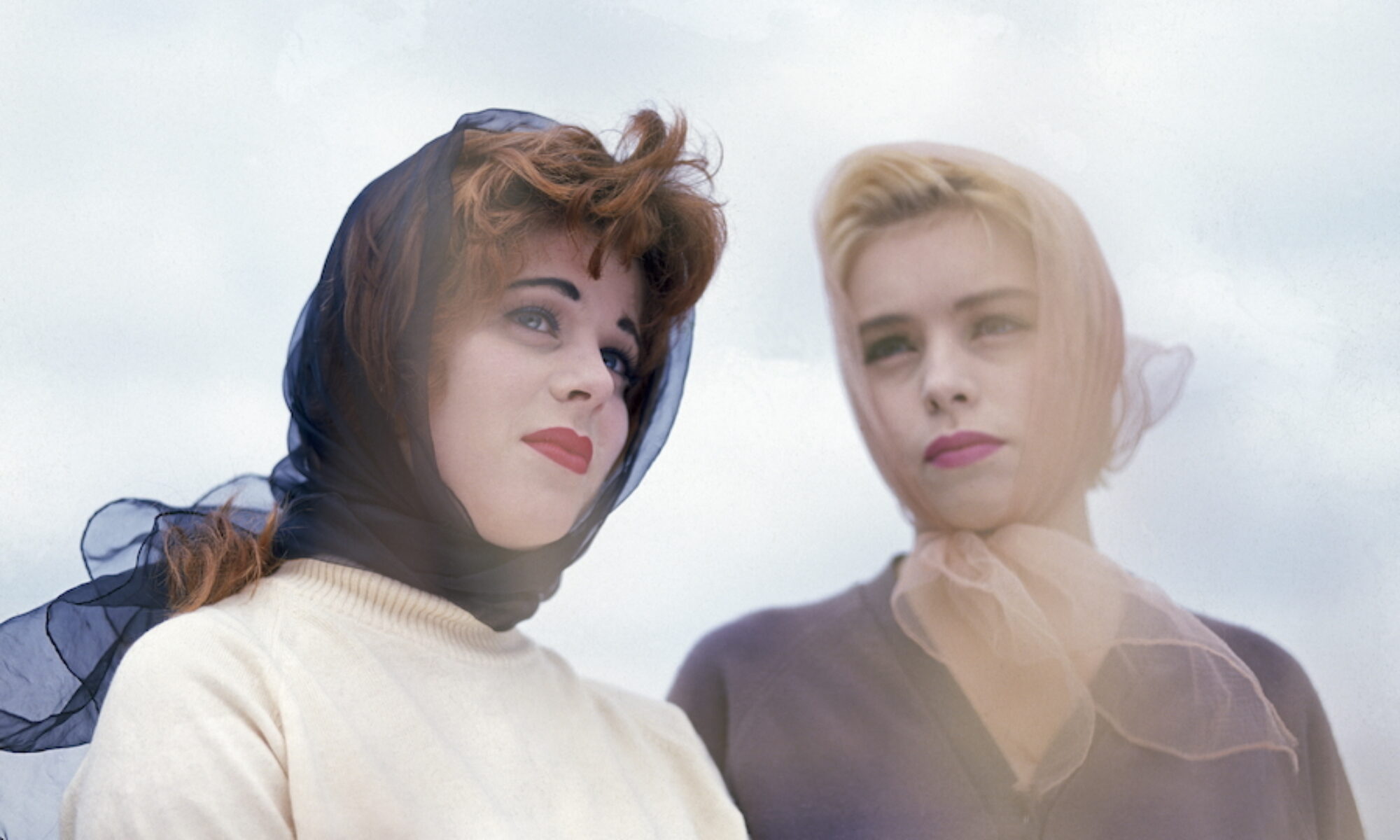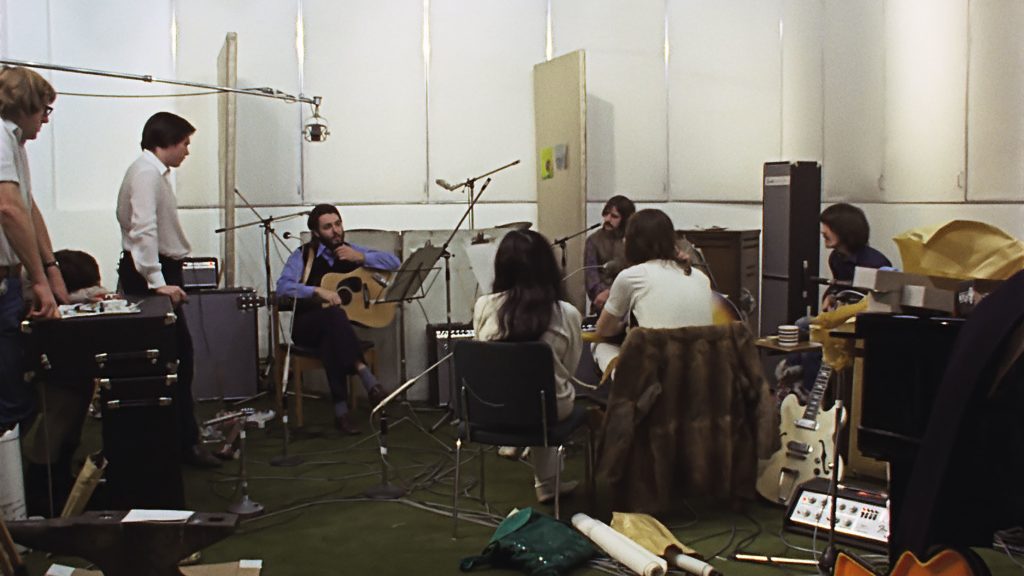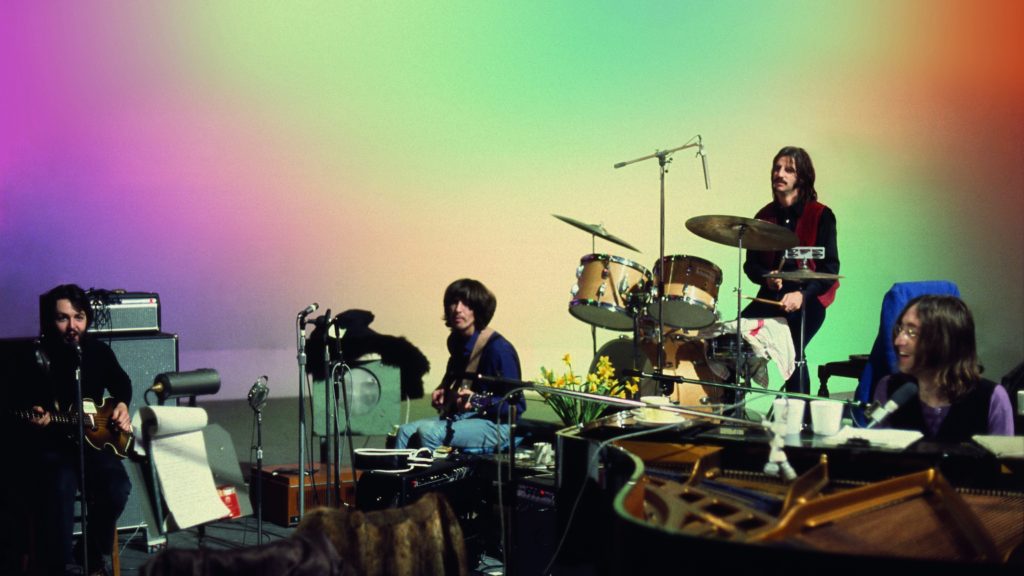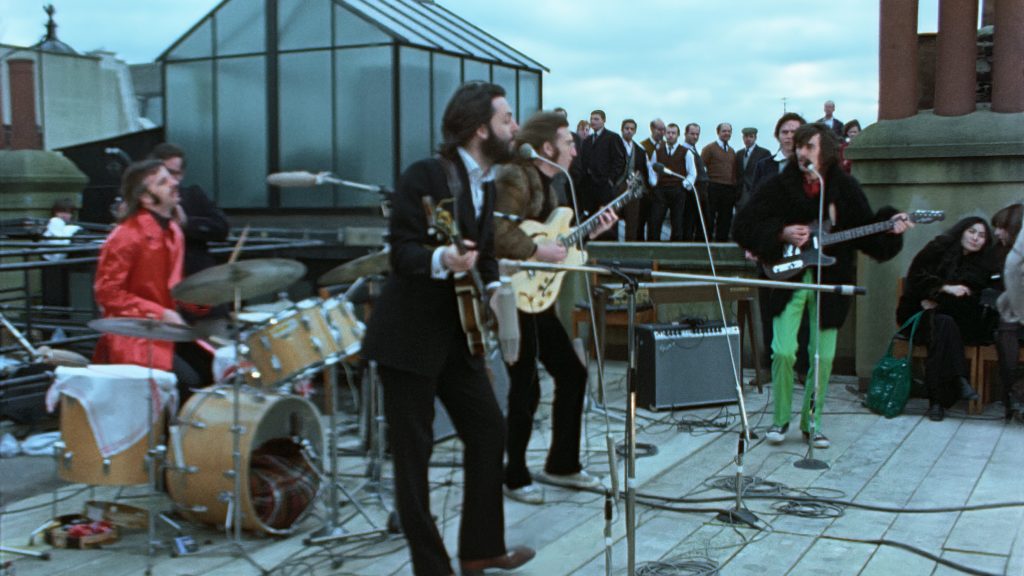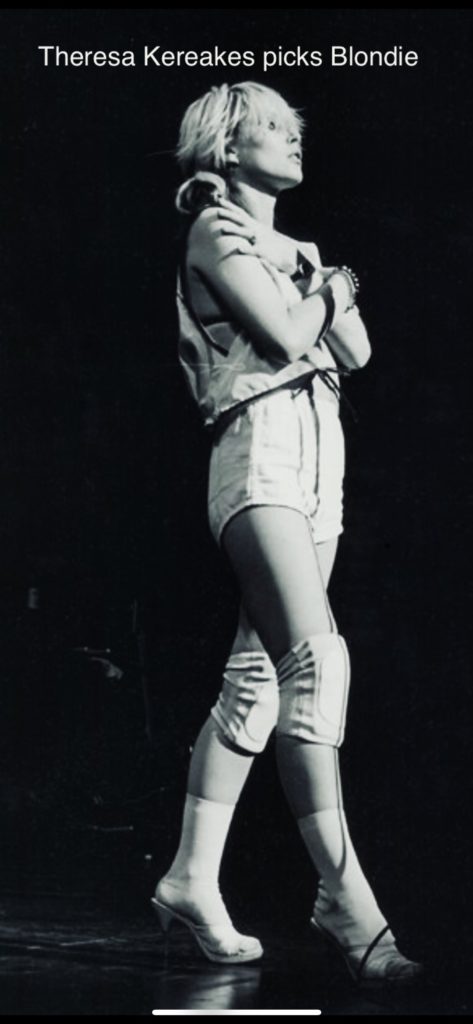
I love a whatever list!!
LIST 2022 by Theresa Kereakes
Wait a minute; 2022 is over? Because of COVID and working from home since early 2020, I’ve lost all track of time, and don’t even remember what happened this year in music, cinema and other culture.
1) RETROSPECTION. I have a playlist entitled “What’s so Good About New Music?” and it’s full of my favorite songs that fit the sole criteria of being released prior to 1997.
2022 gave us some Super Deluxe box sets that were worthy as memory lane fodder, as well as a history lesson for younger people who wonder why us olds STILL fan-girl for Blondie.
These are my top 3 “investment” records:
Blondie – Against the Odds (1974-1982): I have been a fan since before I even heard their music. As a devotee of New York Rocker, I learned about all the NYC underground bands that helped create punk rock, and Blondie just jumped out as worth watching. Once I did hear them, they fulfilled all my niche pleasures: girl group sounds, surf guitar, B-movie kitsch themes, a pretty voice with a gritty band. Because they were always easy on the eyes and ears, and then had themselves a huge crossover hit with a disco-tinged single (“Heart of Glass”), it is easy to forget how trailblazing Blondie was since their career seemed to follow an organic progression. That would be overlooking the one thing that gives them their punk bonafides. They’ve always made the music they wanted to make. I have very little critical distance, as drummer Clem Burke has been a friend since the 70s, however, if you want to read an excellent take on this box set, I urge you to read Caryn Rose’s piece for Pitchfork.
The Beatles – Revolver In 1966, Revolver was my favorite of all the phenomenal music released that year (AM radio played singles from Bob Dylan’s Blonde on Blonde; The Beach Boys’ Pet Sounds; Donovan’s Sunshine Superman; Nancy Sinatra’s Boots; The Byrds’ 5D). Yes, my 8-year-old mind was blown. I was born at the right time for all this music to mold me and in retrospect, it was a life-saver, as I grew up in a conservative bubble in the otherwise super liberal, hippie Southern California. The Beatles made listening to my own music at home with the parents easy. “Eleanor Rigby” is beautiful regardless of your musical taste, so no one looked askance when I played the hypnotic “Tomorrow Never Knows” on repeat.
I am not a fan of the Super Deluxe Box set for any artist. In the case of Blondie, it was partly an opportunity to replace beat-up vinyl records, purchased in real time, AND the book of memories and photos. And for The Beatles, it was also about The Book full of beautiful photos that includes the essay by Paul McCartney. Except for the “Paperback Writer” demos, I’m not interested in the progress of any given song. In fact, when The Beach Boys epic Pet Sounds Sessions were released 25 years ago, I refused to buy it because I am only interested in what Brian Wilson wanted to present in 1966. I feel like an album is a snapshot of its time, and a snapshot of the decisions of the time. Full stop.
Revolver gives us a few demos of “Yellow Submarine,” which started as a sad narrative and it boggles my mind how it ended up as a weird ditty. Least liked track in 1966, and in 2022. But “Paperback Writer” (and demos) is a revelation. Rumors in 1977 were that Glen Matlock was fired from the Sex Pistols because he was a Beatles fan. Great PR from Malcolm McLaren, trying to draw the line between the established and the upstart musicians BUT I think those Matlock compositions owe more than a passing nod to the rhythm tracks and structure of “Paperback Writer” and punk rock is the better for it! The 2022 Remix/Remaster disc is the one I listen to. And I flip through the book.
Tom Petty & The Heartbreakers – Live at the Fillmore 1997 Now THIS is the kind of box set I can get behind. It satisfies on many levels. For me, it is highly personal. The band played a 20-night stand at San Francisco’s Fillmore in January and February 1997, and I attended 17 shows. No two were alike, and the document that is this box set cements memories for me. Tom Petty & the Heartbreakers were the world’s very best bar band, whether they were covering The Kinks, JJ Cale, The Ventures, or going deep into their own (at that point) 20+ year career catalog. If you were going to invest a sizable chunk of cash for a box set, it pays for itself to have a piece of history, which thanks to recording technology is no longer a fugitive moment. Was I imagining Roger McGuinn joining the band and playing the weirdo Byrds b-side “Drug Store Truck Driving Man” ? No. They did and they recorded it! As a live music document, this set is in the pantheon with The Band’s The Last Waltz, The Rolling Stones’ Get Yer Ya Yas Out, Johnny Cash Live at Folsom Prison, The Who’s Live at Leeds and Jimi Hendrix Live at Monterey. No lie.
2) PATTI SMITH & CARYN ROSE – The poet who punked me, the woman whose own interests mirrored mine and tied a bow on it and gave me the first feeling of cultural inclusion—Patti Smith—has, 45 years later, once again taken a center stage position in my year, thanks to the writer, Caryn Rose. Released in the Spring of 2022, WHY PATTI SMITH MATTERS by Caryn Rose is the first book about the female artist written by a woman. In the book, Caryn eschews all the hackneyed linear biographical takes that have been published before and examines and contextualizes Patti’s WORK and WORK ETHIC, and unlocks the secret to Patti’s enduring career—the connection between performer and audience. In another essay, her review of A BOOK OF DAYS for VULTURE, Caryn again unpacks Patti’s abilities as a creator to illustrate why the poet is so good at social media, specifically Instagram. For those of us who have been following along, it is once again about WORK and WORK ETHIC and a direct connection with her audience. I am recommending both Caryn’s book on Patti, and Patti’s BOOK OF DAYS. If like me, you were influenced by Patti and her work, you will feel validated and vindicated for your own work ethic.
3) AMY RIGBY’S DIARY on Substack as Diary of Amy Rigby. I am thrilled that a woman of my generation writes so succinctly, emotionally, and realistically about being in this generation. Representation is everything.
4) SOLITUDE I am spending 8 days of my holiday break staying in a hotel, alone, scanning negatives and slides for my upcoming (and overdue) photo books. I am writing this from there too. I recommend self-sequestering/vacationing to all. It was absolutely dead here Christmas Eve, Christmas Day and Boxing Day, but not THE SHINING dead/slow and creepy. I’ve been in my PJ’s for a few days and have done quite a bit of work. The “Do Not Disturb” sign has been on the door since I arrived. I have the blackout curtains drawn, and there is no clock here. This is my idea of a productive work week.
5) BOB DYLAN I traveled all over from NYC (late 2021) and across the South this year to see him. At one show, I saw Beck reprimanded by security for daring to bring out his cel phone, and also saw a fella in my row at the Chattanooga show get ejected for same. I’ve been a fan since I first heard “Positively Fourth Street” lo-fi blaring from my purse-sized Toshiba transistor radio as I played hopscotch in my driveway when I got home from the first day of school (I was 7). I was drawn to the snotty tone as he sang “You’ve got a lot of nerve to say you are my friend.” It was not like anything I had heard before. The personage he was complaining about in the song sounded like so many people about whom my father complained. My father was 20 years older than Dylan, and the lyric and its delivery illustrated better than any class lesson I ever had in poetry/literature about a writer making the personal universal. Bob was a young guy trying to get ahead in his career; my dad was an old guy at the top of his career, and me, a kid, also recognized this personality trait in people. Bob made me wise. And as an old geezer, he still entertains me.
Read our interview with Theresa Kereakes from 2020 here. And also a piece where she talked about the L.A. punk scene with fellow photographer Melanie Nissen.
